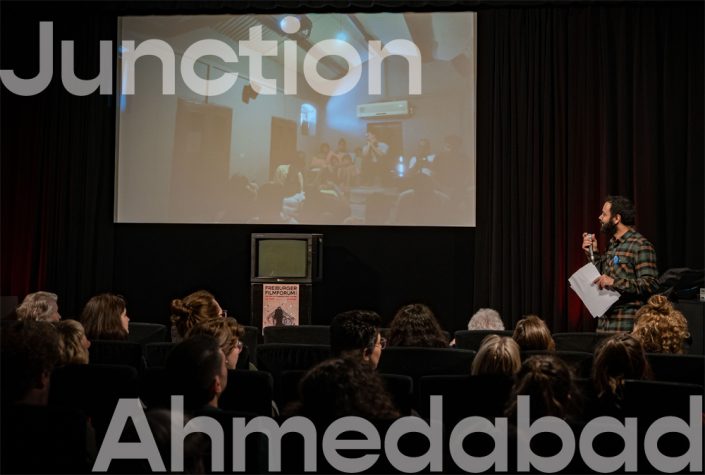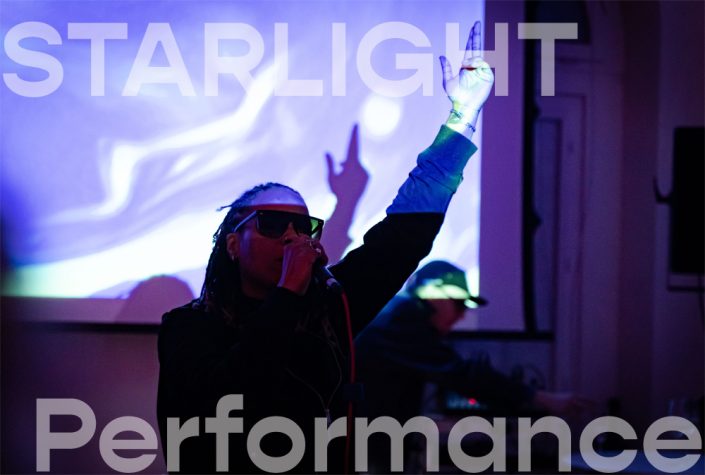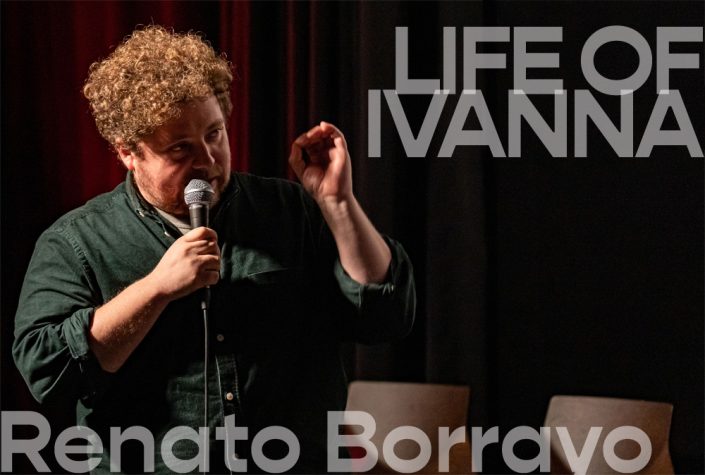This film shows pictures of daily life in the Portuguese fishing village Sesimbra, south of Lisbon, during Salazar’s dictatorship in 1964. Mau’s photographs of fish displayed in geometric patterns and Fichte’s spoken text complement one another. The latter seems like notes of an interview with a typical young fisherman who goes out to sea at night, lives in a two-room apartment with his parents and siblings, perhaps has a fiancée he can’t afford to marry, and has to serve his military duty soon or has just returned from serving in Angola. Yes, some people are tortured. Yes, there are spies everywhere. These two remarks offset the otherwise harmless descriptions. The list of all the names of fish that enable the village to survive in collective poverty is long.
The day of a casual dock worker
“He gets up around five, when the man who is writing about him goes to bed.” This is how the author Hubert Fichte begins his story about the “casual dock worker.”
Leonore Mau, a photographer, originally did not know much about photofilms, but she learned quickly. Roughly 500 photographs were needed for 20 minutes of film. Mau had gotten to know the dock worker in the Palette bar. She followed him with her camera, photographing him at home with his family, on his way to work, to the “Admi” (where jobs are assigned), to the launches, to the boat hatches, and later to his regular bar around the corner. At the end of the day, each docker had moved 660 bags, equaling 30 tons. The spoken text and images, which are interspersed with short film sequences in a kind of television format, create a precise report about life on the docks.









